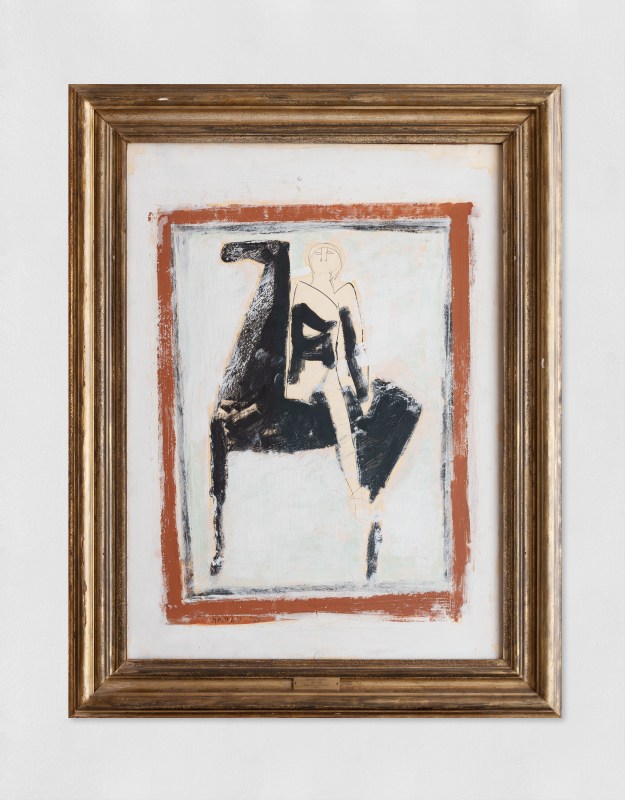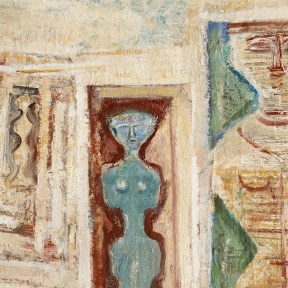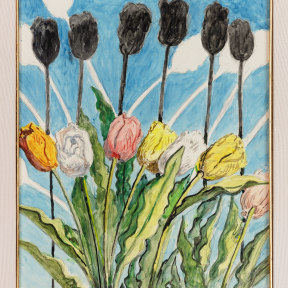-
Biography
Marino Marini (Pistoia, Italy 1901 - Viareggio, Italy 1980)
Born in Pistoia, after studying at the Academy of Fine Arts in Florence, where he attended courses on both painting and sculpture, he moved to Paris where he met Massimo Campigli, Giorgio de Chirico and Filippo de Pisis and immersed himself in the new artistic tendencies.In 1923, he participated in the Rome Biennale and, subsequently, took over from Arturo Martini to teach sculpture at the Monza School of Art.
Rather than Tuscan, he preferred to identify as "Etruscan", to underline the influence of ancient art, particularly coroplasty, on his most famous artworks.
In the following years, he participated in various exhibitions abroad, which increased his international fame.
In 1935, he won the Rome Quadrennial prize and, in 1941, he was nominated the Chair of Sculpture at the Brera Academy of Fine Arts.
After meeting the art dealer Curt Valentin in Milan in 1948, he exhibited his work also in New York, where he met Jean Arp, Alexander Calder and Max Beckmann.
Meeting the sculptor Henry Moore was significant in Marini’s progressive departure from a classical and naturalistic forms for his figures to the adoption of the increasingly stylized approach that went on to characterize his later works.
In the 1950s, Marini was an established artist worldwide: his works were exhibited in many prominent museums and he received numerous institutional awards.
His presence in the national and international artistic scene was consolidated in the following years.
After receiving an honorary citizenship from the City of Milan in 1973, he inaugurated the Marino Marini Museum in the Modern Art Gallery of Milan and exhibited at the Castello Sforzesco. In 1978, a travelling exhibition brought his artworks to Tokyo and other important cities in Japan.
He died in Viareggio in 1980.
Copyright the artist. Photo UniCredit Group (Sebastiano Pellion di Persano)
-
Works







